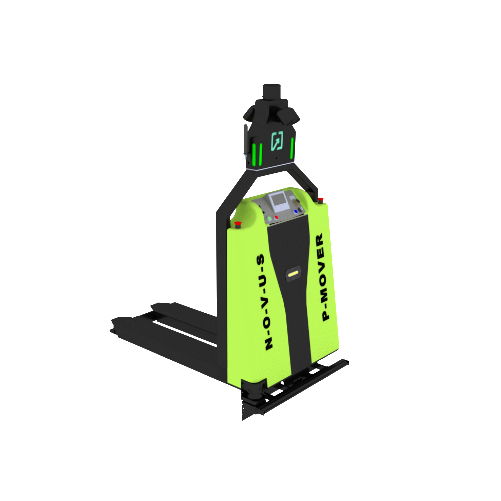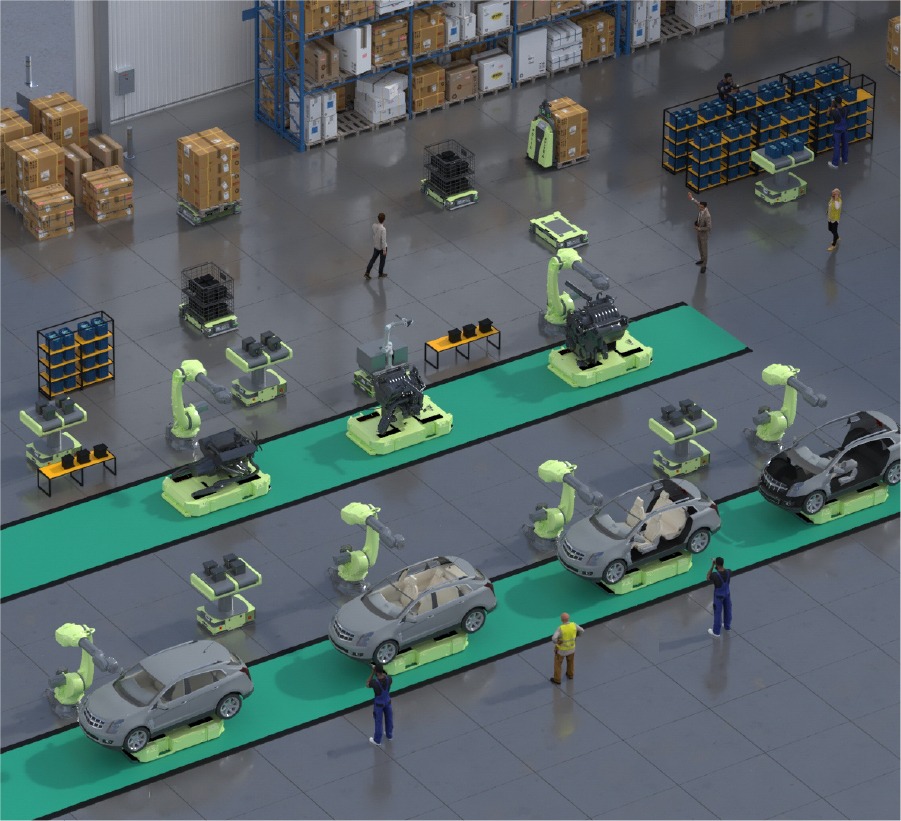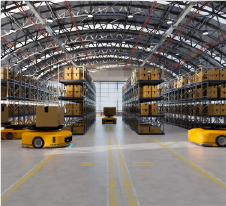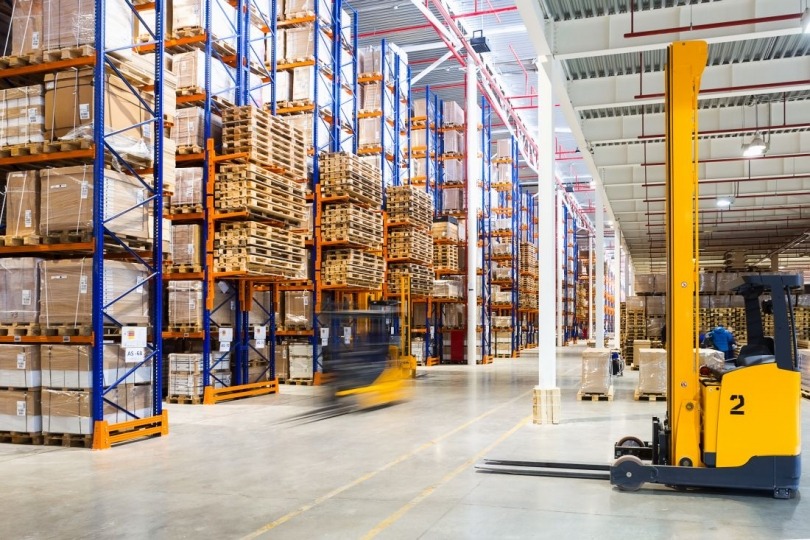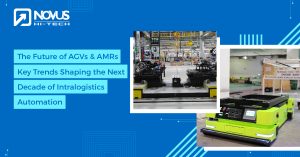In the fast-paced world of commerce, warehouses stand as the backbone of supply chains, handling intricate logistics and ensuring seamless delivery of goods to consumers. Over time, the landscape of warehouses has transformed dramatically. No longer just storage units, modern warehouses are hubs of innovation, driven by cutting-edge warehouse automation solutions that have redefined the industry’s capabilities.
Adaptation Amidst Market Complexity
Navigating the complexities of modern markets isn’t new for warehouses. However, recent market pressures have amplified the challenges, intensifying the need for adaptable and forward-thinking strategies. Unpredictable demands, labor shortages, and shortened project timelines have propelled warehouses to seek immediate adaptation to not only survive but thrive in this dynamic environment.
The Essence of Modern Warehouse Automation Solutions
The evolution of warehouses goes beyond mere structural changes. Today’s warehouses are smart, adaptable, and powered by data-driven decision-making. Embracing automation lies at the heart of this transformation. It’s not just about shelving goods; it’s about orchestrating intricate systems that respond dynamically to market fluctuations and consumer demands.
Discover how Warehouse Automation Solutions revolutionize efficiency and productivity.
Download our free brochure for expert insights and trends!
The Role of Data Mastery
Data serves as the compass guiding modern warehouse automation solutions. However, the challenge lies in harnessing and interpreting this data effectively. Operational data, often originating from multiple sources, presents a puzzle for warehouse operators. Adopting a cohesive data strategy becomes pivotal to unlock the true potential of this data trove.
A unified data model acts as a bridge, ensuring all equipment speaks the same language and shares data uniformly. Expert analysis supported by sophisticated tools such as digital twin software, Warehouse Execution Systems (WES), and AI-driven solutions extracts actionable insights. This empowers warehouses to not only comprehend their processes better but also optimize them for improved efficiency.
Embracing Flexibility: Optimizing Material Movement
Efficient material movement is the lifeblood of a warehouse’s operations. The ability to seamlessly transfer goods from one point to another, adapting routing swiftly in response to changing demands, defines a modern warehouse’s agility.
Automation technologies play a pivotal role in enabling this flexibility. Modular solutions facilitate rapid changes in layouts and conveyance configurations, allowing warehouses to proactively adjust during peak seasons or unforeseen market shifts. Aligning specific automation technologies—like Autonomous Mobile Robots (AMRs) for increased picking flexibility or Independent Cart Technology (ICT) for conveyor adaptability—with warehouse needs ensures optimal material movement.
The Power of Data-Driven Optimization
Optimizing warehouse strategies requires a data-driven approach. Collating operational data through a common model provides invaluable insights, aiding in the streamlining of processes and bolstering adaptability. AI and analytics solutions further refine strategies by simulating scenarios and predicting outcomes, enhancing efficiency and responsiveness.
In Conclusion
Warehouse automation solutions are not merely tools to address immediate challenges; they are catalysts for transformative change. Embracing data-driven insights and adaptive strategies isn’t just about surviving in the present but future-proofing warehouses against the ever-evolving industry dynamics. The essence lies in innovation, adaptation, and an unwavering commitment to efficiency, ensuring warehouses remain at the forefront of the global supply chain.
The road ahead for warehouses is paved with innovation. Embrace automation. Embrace the future.


